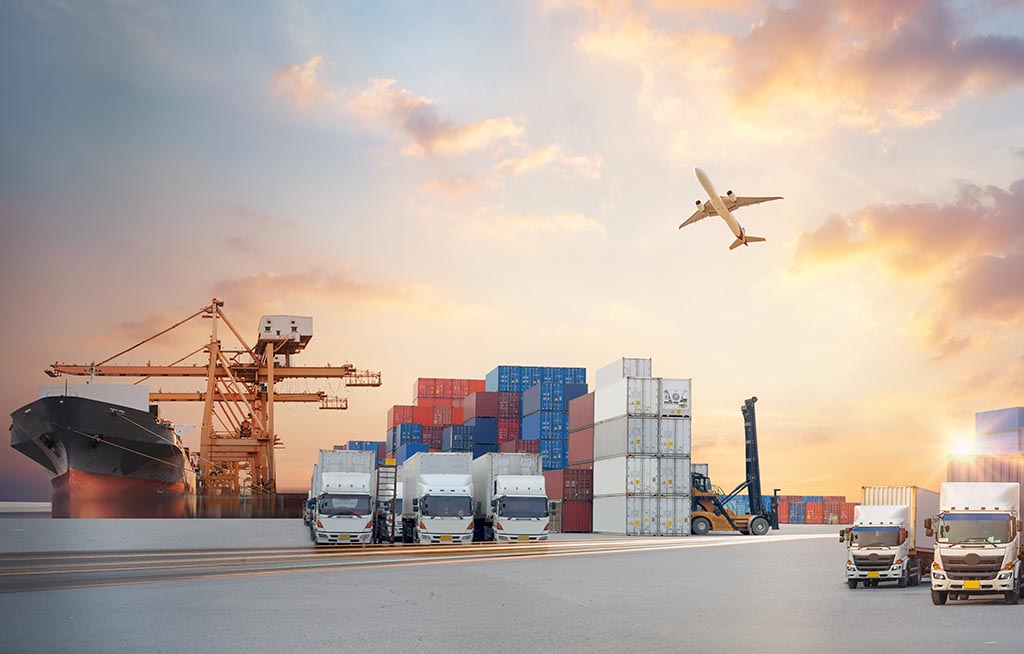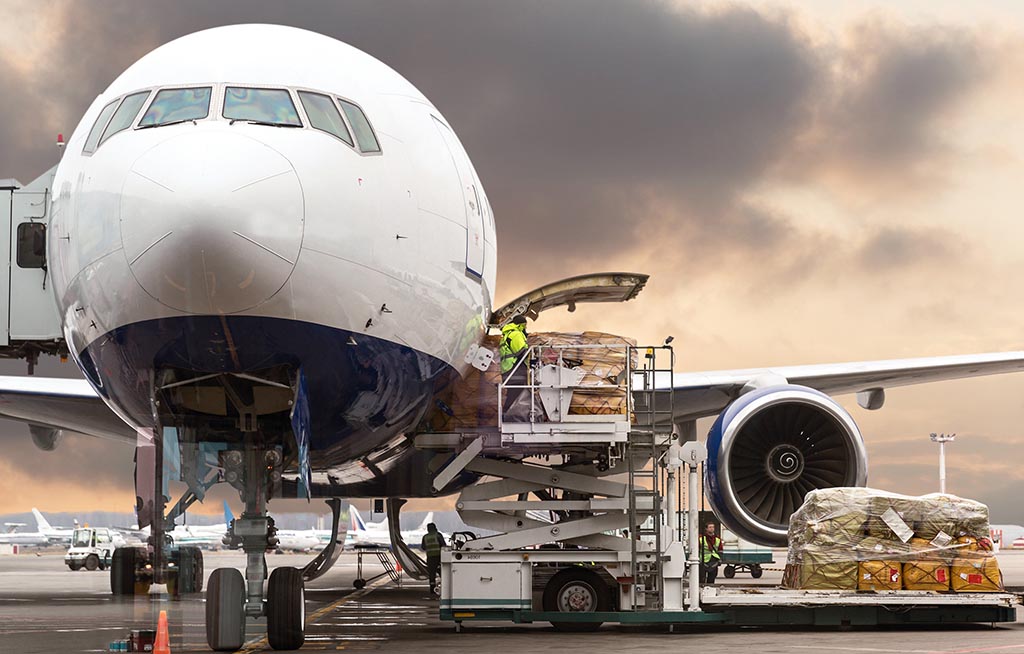Greater openness to international trade has had significant impacts on the structure of the UK and other advanced economies. The role that this greater openness has played in rising inequality, and how policy should respond, remain hotly debated topics.
A panellist’s introduction, by Penny Goldberg
The Review’s contribution to this debate consists of a chapter on trade and inequality focusing primarily (but not exclusively) on the labour market effects of globalisation in advanced economies and two commentaries that cover in more depth additional aspects, such as the effects of trade that operate through prices (Atkin) as well as through the undermining of unions and labour standards, regulatory practices that are different across countries – and possibly unfair – and the empowerment of big multinationals (Rodrik).
The chapter by David Dorn and Peter Levell covers those aspects of the topic that can be analysed based on current data and econometric techniques. The authors set out the key trends in global trade – importance of low-income countries in world trade, growing trade imbalances across exporting and importing countries, and the growth of global value chains. They argue that a common factor driving most of these patterns was the emergence of China as an exporting powerhouse and that these trends have slowed since 2008.
They lay out evidence that trade has increased inequality not just between workers of different skill levels, but also between those of different industries and those of different geographic regions, with growing import competition from China causing declines in employment and wages. The resulting increases in offshoring and in exports were associated with employment and real wage gains for at least some workers. The main tool for identifying these effects is to look at the differential exposures of regions within a country to import competition from China. Of particular interest are cross-country comparisons: while trade has had large effects on inequality in the US, the UK and Spain, its effects in Germany and Switzerland have been small and at times beneficial: in some cases, offshoring created additional domestic employment opportunities in these countries. The most likely explanation for these different cross-country patterns is that the first set of countries was affected by the entry of China in world markets through the import competing channel, while Germany and Switzerland benefited as major exporters to China.
New results are presented showing that, while consumers benefit from lower prices thanks to increased trade, these benefits are equally large for low-income and high-income households. Hence, trade does not seem to have affected inequality through its effects on prices – a conclusion reiterated in Atkin’s commentary.
The authors also explore broader implications of import competition arguing that it has been connected to higher crime rates, a deterioration of health outcomes, a dissolution of traditional family structures, and greater support for far-right political parties.
Finally, they present evidence that attitudes towards international trade in the general population became more hostile in the 2000s, but – surprisingly – have rebounded over the last decade.
Policy recommendations include policies to ease adjustment of workers to the new labour market conditions, such as adjustment assistance and retraining, and possibly place-based policies. The evidence to date suggests that the effects of the above policies are highly heterogeneous and nuanced. Protection in the form of higher tariffs or quotas is ineffective as a tool of social protection or redistribution. However, there is some suggestive evidence that behind-the-border measures in the form of regulations that indirectly shelter domestic industries/firms from foreign competition may benefit local labour.
The two commentaries by David Atkin and Dani Rodrik are more open-ended, focusing on issues, long term effects and trends that might be harder to establish robustly based on the existing data and using current standards in econometric methodology, but nevertheless may well be of the first order of importance.
Atkin flags two issues that have received relatively little attention in the literature: the impact of trade on high-income households; and its impact on prices. The first issue is important given the political influence that such households can potentially exert, but data constraints preclude definitive conclusions. The commentary focuses therefore on price effects. Poorer households tend to spend a larger fraction of their incomes on tradable goods – goods that are either exportable or importable, at least potentially – which supports the view that trade would benefit such households because it reduces the prices of such goods. On the other hand, richer households tend to allocate a higher fraction of their expenditure to imported goods, which implies that globalisation would benefit the rich more than the poor. On net, existing evidence seems to suggest that the two effects cancel each other out, so as a result, trade has had no major impact on inequality – its beneficial price effects for the average consumer notwithstanding. This view reinforces the message in the chapter by Dorn and Levell. However, the commentary also candidly points out that the analysis of these price effects has not reached definitive conclusions at present. For example, to assess the effects of trade on inequality through price changes, one needs detailed data on prices and expenditures, which do not exist for many products (a lower price of an imported Armani jacket from Italy has very different inequality implications from a lower price of an imported jacket from Ethiopia). Perhaps, this is one of the reasons the view that the price effects of trade benefit disproportionately the poor remains widely held. Another might be that people we identify as ‘poor’ in advanced economies may be ‘rich’ in the global setting. The ‘poor’ in advanced economies enjoy products and services (such as smartphones and all the services enabled by them) which would be unaffordable in a world without trade and technological innovation.
Rodrik offers perhaps the most critical assessment of trade’s impact on inequality. He first points out that according to trade theory, inequality is the flip side of trade liberalisation. The usual argument of economists has been that even though this is accurate, redistribution can undo the harmful effects of globalisation and make everyone better off. However, such redistribution has not happened in practice, for two main reasons. First, it is often hard to identify the ‘losers’, and even if one succeeds, redistribution is costly. Second, the gains from lowering trade barriers are much smaller when the existing level of trade barriers is already low – as it has been for many years – so that the gains from continuing to liberalise can soon become small relative to the inequality costs. Many economies may have reached this point in the 1990s.
Rodrik further argues that liberalisation post-1990 is different from liberalisation pre-1990, now primarily serving the interests of big corporations, which are sufficiently powerful to get the trade agreements they want (the agreement on intellectual property rights immediately comes to mind here).
The adverse effects of trade and globalisation have become politically salient in a way that many of the other determinants of inequality have not. Survey evidence suggests that the public is more sensitive to increases in inequality induced by trade and often supports protection. Foreign trade is particularly prone to charges of unfairness, because it entails economic transactions between entities that operate under different sets of rules and regulations, especially when a developing country is involved.
Finally, capital mobility has increased the volatility of labour earnings and shifted the burden of economic shocks from capital to labour. Workers with the lowest skills and qualifications, those least able to move across borders, are typically the most affected. There is also an ever-present danger that rules and regulations that favour labour and that have been long fought-over in rich countries are undercut by globalisation. For example, if locally produced goods are replaced by imports from places where unions are weak or non-existent, or where safety standards are not enforced, workers lose the ability to negotiate and preserve important legal and social rights.
Labour and safety standards inevitably raise the question of whether there is a trade-off between global and within-country inequality. Policymakers prioritise issues that fall within their own political jurisdictions. However, value judgements might be different if we focused on across-country inequality (often referred to as global inequality). Trade has contributed to rising living standards in many parts of the world. The (once) poor in China or Vietnam or Ethiopia may have been content to work long hours at extremely low pay and under harsh, if not dangerous, conditions to improve their living standards. On the other hand, one would not expect workers in advanced economies to readily give up their hard-won gains in order to support the poor in other parts of the world – at least not without putting up the kind of resistance that has led to the rise of economic nationalism in the US and Europe.
Regarding policy recommendations, all contributors stop short of advocating a return to protectionism. They support aggressive domestic redistribution policies, but as they note, such policies have proven ineffective in the past when they targeted exclusively those adversely impacted by trade. In contrast, a broader social safety net providing support in the event of any negative income or employment shock might be more promising. With respect to trade policy, a valuable lesson from the past decades of hyper-globalisation is that sometimes it might be better to take it slowly, proceed cautiously, and give workers, firms and governments time to adjust. This is a lesson worth remembering if the world enters a new phase of globalisation post-pandemic, one that focuses on the service sector, with potentially immense implications for inequality.








